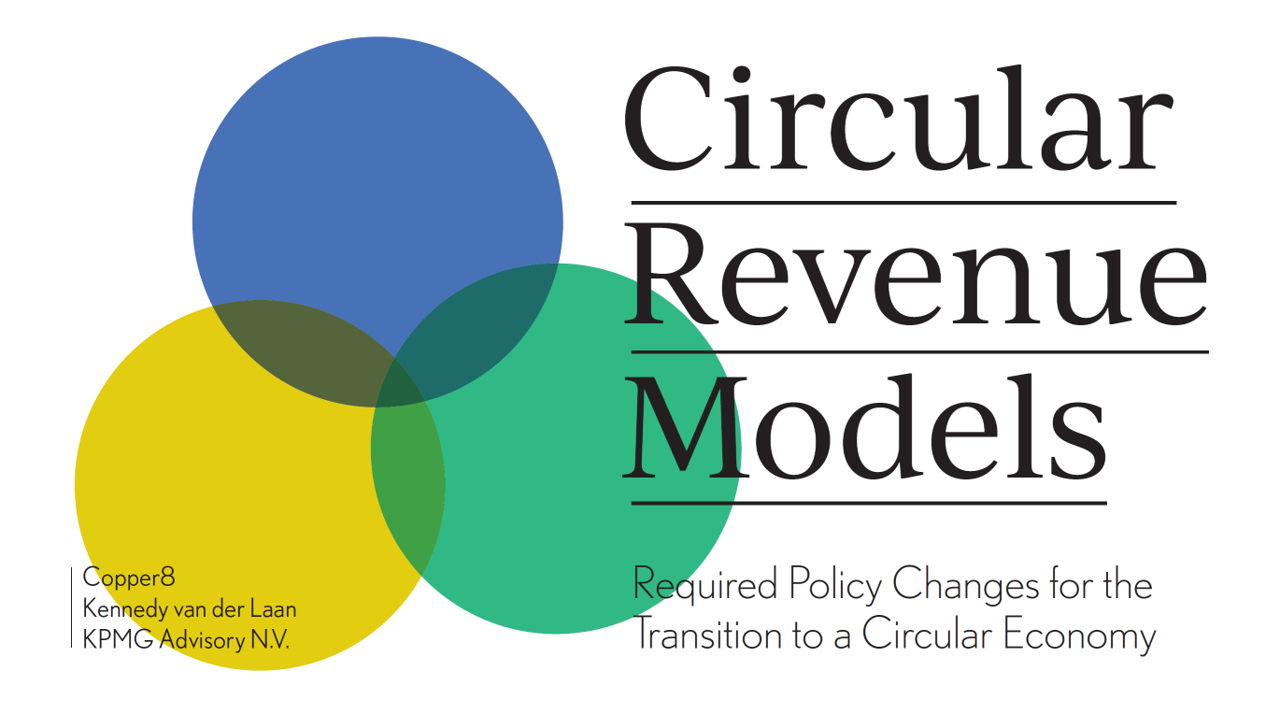Over the past decade, Copper8 has gained a lot of practical experience with respect to circular revenue models such as sell-buyback agreements and lease. These types of revenue models are increasingly used by businesses in order to stimulate circularity. As a result of our experience we learned that the theory of circular revenue models in which ‘use’ is stimulated over ‘ownership’ is difficult to implement in practice.
For this reason we decided to further investigate the implementation of circular revenue models. We interviewed Dutch pioneers such as Mud Jeans, Bundles, Desko, Gispen, Interface, Signify en Auping; and analyzed the results with partners KPMG Sustainability and law firm Kennedy van der Laan. The goal of this research is to understand where current accounting, fiscal and financial practices conflict with the use of circular revenue models.
Following a guideline for businesses (currently only available in Dutch), this second publication is focused on policymakers. In this paper we discuss the following issues:
- Depreciation and maximum depreciation terms for lease models
- Double VAT on secondary resources
- VAT on hire purchase models
- Traditional risk analyses on part of investors
You can download the report here.
You can contact colleagues Cecile van Oppen, Marijn Polet or Sven van Aspert for more information.
